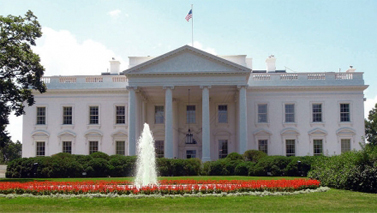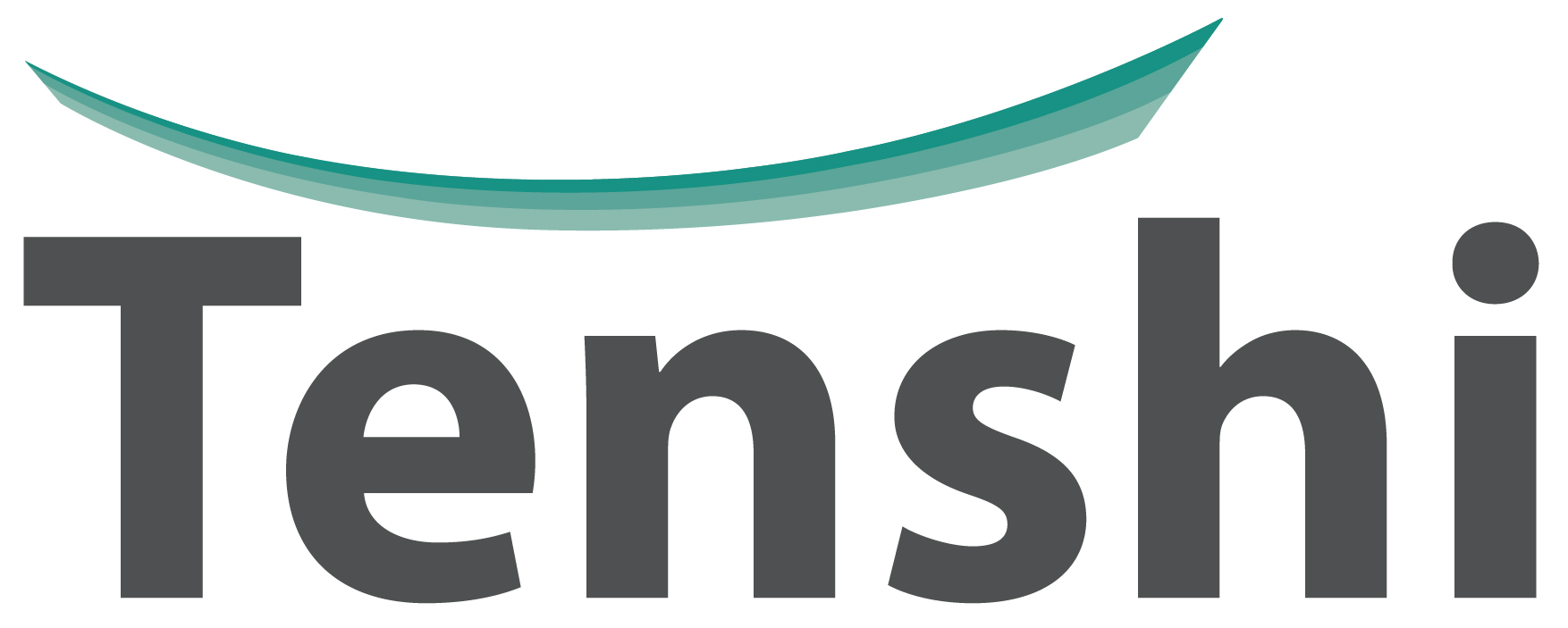
When you’re investigating Smart Cities the same names keep on cropping up: Barcelona (Juniper Research’s Global Smart City 2015), India (thanks to Modi’s 100 Smart Cities initiative) and Singapore (the “smartest city”, according to some observers).
Strangely, though, the tech titan that is the US is largely absent. That’s not to say that America hasn’t made moves in the Smart City world – New York, Chicago and Kansas City have all dipped their toes into the Smart City pool over the last few years – but for a country that is at the forefront of the global tech
industry it seems strangely underrepresented in this brave new world.
This could be about to change however, following the news that the White House has pledged $160m for a new Smart Cities initiative. Of this, around $45m will go towards building a research infrastructure for Smart Cities, while $115m is intended to “unlock new solutions” in safety, energy, climate preparedness, transportation and health.
You might be excused some cynicism here when you consider the money involved. $160m is peanuts to an American government that spends around $580bn annually on defence. It is also relatively small change compared to the $1.2bn that India is to spend on its 100 Smart Cities initiative.
And yet the fact that the US government has given its high-profile backing to Smart Cities is in itself important, with the announcement coming during the White House’s Smart Cities Forum. The whole idea of the Smart City is, after all, very much unproven in the eyes of the general public. That means it needs backers to push its underlying aims and concepts to the world at large and – with the greatest respect to Barcelona – the US is precisely the kind of weighty name to do it.
Headlines like “White house gets serious about smart cities, with $160 million pledge”, “White House pushes for smart cities engagement” and “Obama Places $160 Million Bet on Smart Cities” – all of which appeared in the wake of this announcement – are important, then, in helping to convince the general public of the benefits of Smart Cities.
It is also notable that companies including Microsoft, Bank of America and GE are backing the Smart City plan, in this case supporting the Envision America workshop event that will take place in January. Yes, their pledges are relatively small – Microsoft, for example, will give cities on the Envision America programme access to its Azure Government cloud platform for one year – but they count, nonetheless.
That said, the White House announcement is not just a PR win for Smart Cities; it also suggests just how widespread the Smart City revolution could be.
Consider, for example, what the White House says about where the Smart City funding will be used. The money, it says will “help local communities tackle key challenges such as reducing traffic congestion, fighting crime, fostering economic growth, managing the effects of a changing climate, and improving the delivery of city services”.
These are some of the key concerns among city dwellers, problems that affect their quality of life every single day. If Smart Cities are seen to help overcome these problems, then that could prove a very strong message indeed.
Digging deeper into the specifics of the White House announcement we find some intriguing projects that will benefit from this funding. The $115m in funding for “new solutions” will be shared between heavyweights of the US government including the Department of Homeland Security, the Department of Transportation, the Department of Energy and the Environmental Protection Agency. Each of these has its own specific ideas for how Smart City technology can benefit US citizens.
The Department of Homeland Security, for example, is investing $50m in developing emergency response technologies for Smart Cities, through its Next Generation First Responder Apex Program. This will use Smart City data, analytics and predictive modelling to give “first responders” (the emergency services who are first on the scene of an accident) the right information at the right time, increasing their operational efficiency and safety.
The Department of Transportation, meanwhile, is to spend $40 million to improve transportation for Smart Cities, including investment in the Connected Vehicles Pilot, which will enable wireless communication between vehicles, infrastructure and personal communication devices, making transportation “safer, smarter and greener”. The DoT will also make $4m of funding available to focus on the key question of how mobile telecoms and travel data can make traveling easier and more efficient.
The Department of Energy will invest $10m “to support the emergence of smart, energy-efficient and low-emission cities that are leveraging Smart Cities technologies”, including $3m in funding to boost smart building technologies that can maximise energy savings,
And the Environmental Protection Agency wants to “unlock Smart Cities approaches to environmental monitoring and analysis”. This will include $4.5m in funding to conduct air quality pilot studies in several US cities using low-cost portable air pollution sensors, with the studies providing data to local communities that will help them understand their exposure to air pollution at a more granular level.
So that’s improved emergency response, safer transportation, greener buildings and (potentially) better air quality, all wrapped up in one White House announcement. That is potentially very powerful, bringing concrete ideas to the sometimes rather ill-defined world of the Smart City.
Yes, $160m isn’t going to break the US bank. But from these small Smart shoots, something very impressive could grow.
